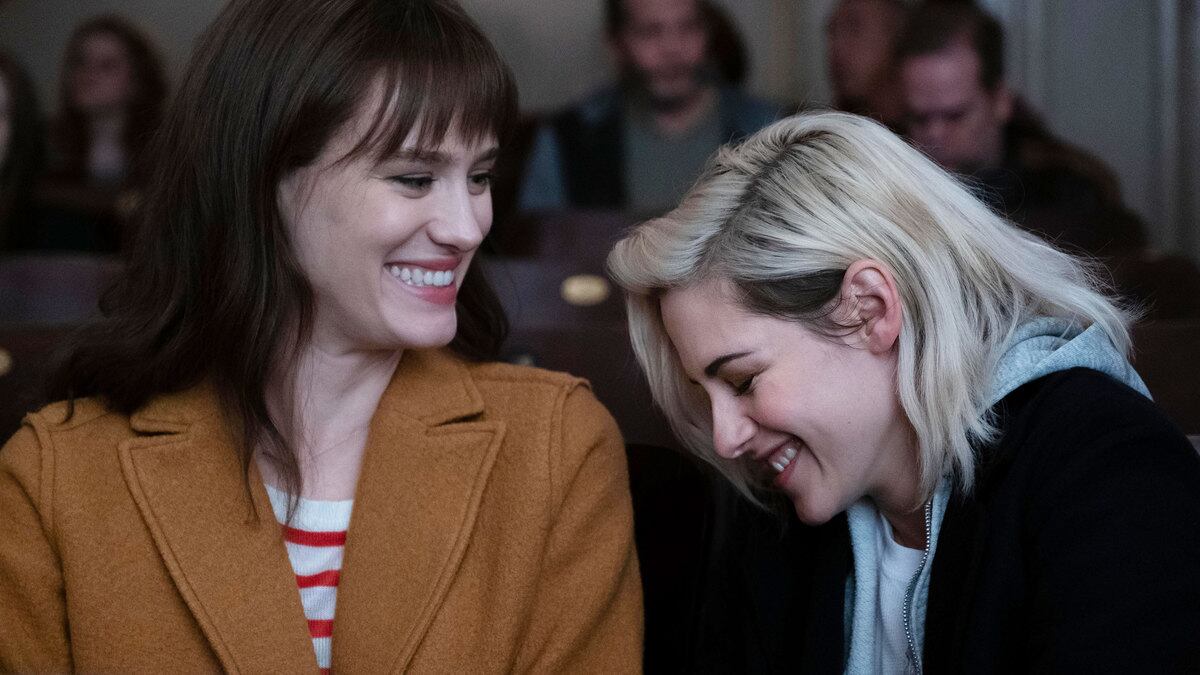Culture
Hulu
Why are LGBTQ-Themed Christmas Films So Very White and Conservative?
Could Be Merrier
The latest rise of seasonal queer films either lack diversity, or fall into the trap of tokenizing or stereotyping the people of color cast.
opinion

Trending Now





